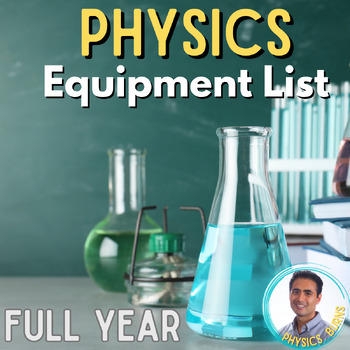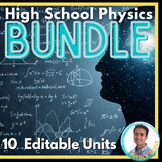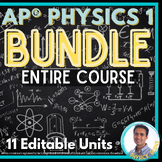- PDF
Also included in
- Full High School Physics Curriculum. Every lesson is editable, so you can tweak things to fit your classroom perfectly. Power Points, Homework, Reviews, Quizzes, Tests, and Guided Notes are all included.These are the exact lessons and assignments I give to my students in my regular and honors classePrice $239.99Original Price $354.90Save $114.91
- AP® Physics 1 Full Year Curriculum. This Lesson Plan bundle includes: PowerPoints, Homework, Quizzes, Reviews, Pacing Guide, Guided Notes, and Tests for every topic. Answers with explanations to everything. Everything is fully editable.These are the exact lessons and assignments I give to my studentPrice $259.99Original Price $419.89Save $159.90
- Full High School Physics Lab Curriculum. Every lab is editable, so you can tweak things to fit your classroom perfectly. Each of these labs requires only basic materials.Here are all the labs that I do with my Regular, Honors, and AP Students. Each lab comes with worksheets that are differentiated dPrice $99.99Original Price $145.67Save $45.68
Description
Here is the list of supplies I use for my physics classroom. You will notice that the list is very minimal and inexpensive. This list is based on my High School Physics Entire Year Lab Bundle.
Despite not using the latest and greatest technology, I have found that students say labs are their favorite part of my class. At the same time, teachers save lots of time and energy, bynot worrying if the technology is working the way it should or not.
______________________________________________________________________________________________
The Entire Year's Lab Bundle Save Over 20%
High School Physics - Entire Year Labs
The Entire Year's Course Save Over 20%
High School Physics - Entire Course
______________________________________________________________________________________________
Check out my Youtube Channel, Facebook Group, and Follow my Store :)








